
Deputy Minister of Culture, Sports and Tourism Trinh Thi Thuy believes that in the coming time, the Vietnam National Village for Ethnic Culture and Tourism will truly become a vivid symbol of national solidarity - Photo: VGP/ Van Hien
That profound message was unanimously shared by artisans and representatives of cultural management agencies at the Conference summarizing the coordination work with localities to mobilize ethnic minorities to participate in organizing activities at the Vietnam Ethnic Culture and Tourism Village, organized by the Department of Culture of Vietnam Ethnic Groups (Ministry of Culture, Sports and Tourism) on the afternoon of April 18 in Hanoi to celebrate the Vietnam Ethnic Culture Day (April 19).
Looking forward to strong local involvement
Having been associated with the Village for over 10 years, Meritorious Artist Y Sinh believes that in order for this "living museum" to operate effectively, there needs to be a strong enough support policy. Currently, the artisans and people participating in activities in the Village mainly live on support from the state budget, an average of about 4.8 million VND/person/month (according to Circular 05/2024/TT-BVHTTDL).
Meritorious Artist Y Sinh also frankly pointed out: "Although this number has increased compared to before, it is still very limited compared to the cost of living. Many older artisans still stay with the Village because of their love for culture. But it is not easy to retain the young generation if they only rely on that small amount of support. They need income to live, to support their families, and cannot live only on national pride."
Not only in terms of finance, many ethnic houses still lack props, farming tools, and traditional utensils. Artifacts such as mills, jars, panpipes, loincloths, gongs, etc., which are the soul of culture, have become rare. Because without artifacts, the space for cultural reproduction will become dry and lifeless. Visitors will only see the architecture, not the depth of culture.
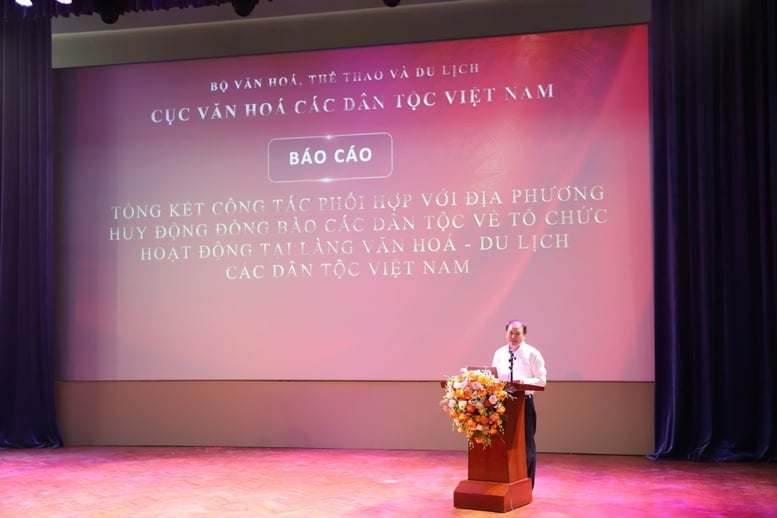
Mr. Trinh Ngoc Chung, Director of the Department of Culture of Vietnamese Ethnic Groups, Ministry of Culture, Sports and Tourism, spoke at the conference - Photo: VGP/ Van Hien
From the above reality, artisans, managers and many localities have the same recommendation: To preserve ethnic culture at the Vietnam Ethnic Culture and Tourism Village, there needs to be a coordination mechanism between the Central and local governments. We cannot rely only on the State budget and the voluntary spirit of our compatriots.
The prestigious Dang Chi Quyet (Cham ethnic group, Ninh Thuan province) who has been associated with the Village for many years affirmed: "If we want to preserve living heritage, we must take care of the people who carry the heritage. Each province and district needs to have their own policies to support artisans, which can be a monthly allowance, or support for props and means. But it is essential to have a systematic involvement."
In fact, some localities have taken the lead in implementing this. Dak Lak province supports an additional VND1 million/person/month for Ede artisans. Nam Dong district (Thua Thien Hue) supports the Co Tu group with VND500,000/person/month. These models are highly appreciated, creating motivation for artisans to feel secure in staying in the village and maintaining their profession.
For example, in Soc Trang province - where a large number of Khmer people live, the provincial government has maintained support for Khmer ethnic artisans to participate in activities at the Village for many years. According to the provincial Department of Culture, Sports and Tourism, from 2020 to now, the locality has spent more than 300 million VND from its own resources to support the artisans' living expenses. In addition, more than 200 million VND was used to purchase costumes, performance props, etc. However, starting from 2024, this activity is at risk of interruption due to problems with budget spending.
"We are recommending that the province develop a separate resolution on supporting artisans. There must be a clear mechanism to maintain it in the long term," said a representative of this Department.
Along with that, many opinions suggest that instead of spreading out, localities should choose a number of typical heritages with specific values to invest in depth. Building a team of successor artisans, investing in restoring rituals, teaching crafts, organizing periodic cultural exchanges, etc. will create a stronger ripple effect.
In addition, the design of activities at the Village also requires close coordination with localities to ensure representation, diversity and identity. Avoid the situation where some ethnic groups are introduced too much while others are not represented.
Contribute to making the "living museum" in the heart of the capital come alive
According to Mr. Trinh Ngoc Chung, Director of the Department of Culture of Vietnamese Ethnic Groups (Ministry of Culture, Sports and Tourism), from 2010 to present, three annual cultural events have been held at the Vietnam Ethnic Culture and Tourism Village, including: "Spring Colors in All Regions of the Country" Festival, "Vietnam Ethnic Culture Day" (April 19) and "Week of Great Unity of Ethnic Groups - Vietnam Cultural Heritage".
Since 2020, the Village has invited 16 ethnic minority groups to participate in activities, perform and recreate traditional life in the Village under 3-6 month contracts. Ethnic groups include: Tay, Nung, Dao, Mong, Muong, Kho Mu, Thai, Lao, Ta Oi, Co Tu, Ba Na, Gia Rai, Xo Dang, Raglai, E De, Khmer... with a number of 6-8 people/group.
Activities range from recreating houses, customs, rituals, folk games to cultural exchanges and welcoming visitors, contributing to enlivening the "living museum" in the heart of the capital.
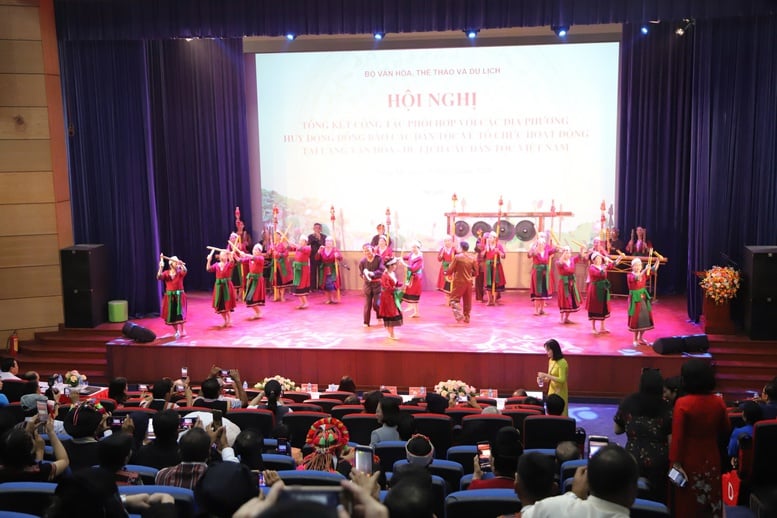
Conference scene. Photo: VGP/Van Hien
By the end of 2024, the Village had mobilized nearly 9,000 artisans, village elders, and village chiefs from 350 localities, representing 481 ethnic groups. Special attention was paid to inviting ethnic minorities to participate. There were 101 specialized activities and monthly events organized with many rich themes such as "Uncle Ho with the Central Highlands", "Sea and islands in the hearts of compatriots", "Happy Independence Day", "Delicious dishes at the beginning of the year" ... along with more than 230 festivals and traditional rituals recreated.
The level of living support for ethnic minorities is 4.8 million VND/person/month, from the career revenue and the State budget. This is the first legal document regulating the policy of direct support for ethnic minorities participating in activities in the Village.
Currently, 61/63 provinces and cities have coordinated to organize activities at the Village. Many localities have high participation frequency such as: Son La (47 times), Ha Giang (31), Hoa Binh (25), Dak Lak (22), Kon Tum (18), Ninh Thuan (17), Lai Chau (16), Soc Trang (14)...
Some major programs that left their mark include: Bay Nui bull racing festival (An Giang), Mong ethnic horse racing (Lao Cai), reenactment of the Southern floating market (Can Tho), inauguration of the Cham Tower - Khmer Pagoda complex (Ninh Thuan, Soc Trang), regional cultural festivals...
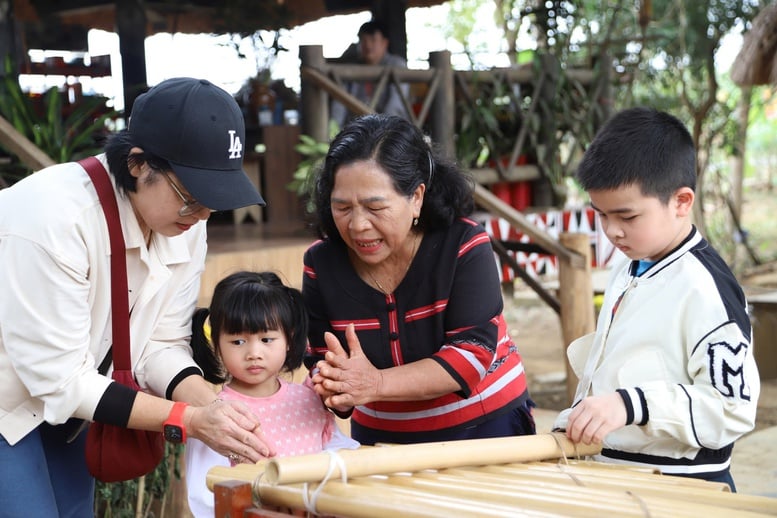
Meritorious Artisan Y Sinh introduces Xo Dang culture to many domestic and foreign tourists visiting the Vietnam National Village for Ethnic Culture and Tourism - Photo: VGP/ Van Hien
By 2030, the Village aims to regularly invite 40–50% of the 54 ethnic groups in Vietnam to participate in daily activities, with each group having at least 8 people, ensuring regional representation and rotation between communities.
The Department of Ethnic Culture recommends that the People's Committees of provinces and cities continue to coordinate and prioritize the selection of the Vietnam Ethnic Culture and Tourism Village as a venue for organizing unique local cultural events; at the same time, include the content of mobilizing people to participate in activities at the Village in the annual plan.
According to Deputy Minister Trinh Thi Thuy, after 15 years of establishment and development, the Vietnam National Village for Ethnic Culture and Tourism has demonstrated the effectiveness of the model of solidarity and companionship between the Ministry, localities and ethnic communities. Only with close, consistent and substantial coordination can the preservation and promotion of ethnic cultures be sustainable and widespread.
"I hope that from this Conference, we will together establish a more sustainable and long-term development orientation so that the Vietnam National Village for Ethnic Culture and Tourism can truly become a vivid symbol of national solidarity; an attractive cultural destination, rich in identity and deeply humane," Deputy Minister Trinh Thi Thuy emphasized.
The representative of the Ministry of Culture, Sports and Tourism also expressed confidence that, with contributions from localities, artisans and communities operating in the Village, policies will continue to be improved, coordination methods will be innovated, thereby mobilizing deeper and more substantial participation from ethnic communities across the country.
Listening to each passionate voice, each sincere wish of the artisans, local representatives and management agencies at the conference, one can clearly see a common point: To keep the flame of culture burning brightly not only in festivals but also in life, more cooperation is needed from the localities where the national soul is preserved. When each artisan is given the opportunity to tell his or her own cultural story, the "Common House" will not only be a destination, but a place where heritage comes alive, spreads and lasts forever in the heart of the capital.
Van Hien
Source: https://baochinhphu.vn/de-ngon-lua-van-hoa-mai-bung-sang-trong-long-thu-do-102250418160318618.htm


![[Photo] Prime Minister Pham Minh Chinh chairs conference on anti-smuggling, trade fraud, and counterfeit goods](https://vphoto.vietnam.vn/thumb/1200x675/vietnam/resource/IMAGE/2025/5/14/6cd67667e99e4248b7d4f587fd21e37c)





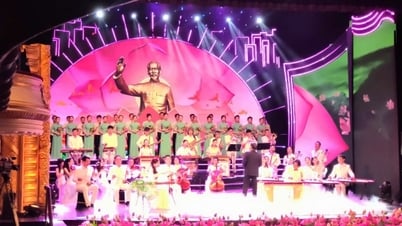

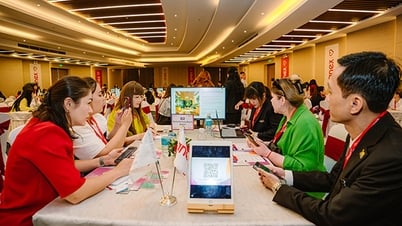

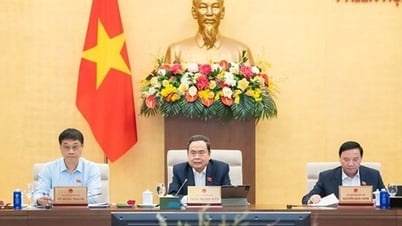

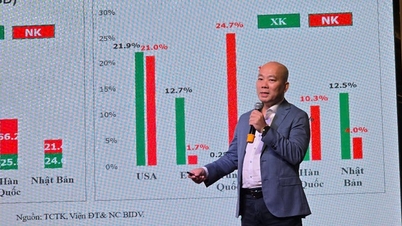






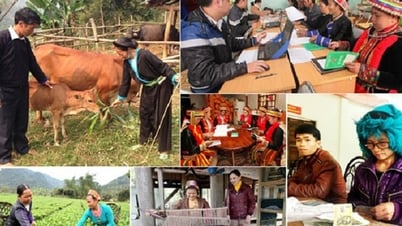
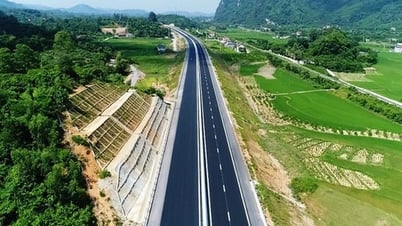


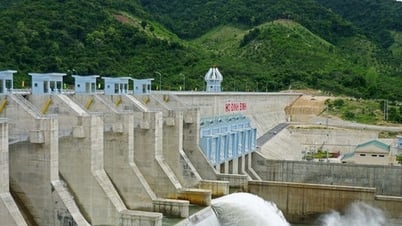


















































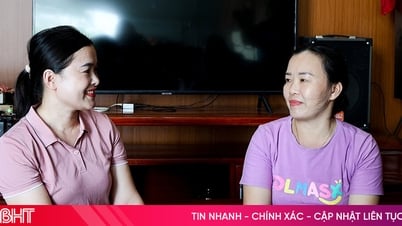






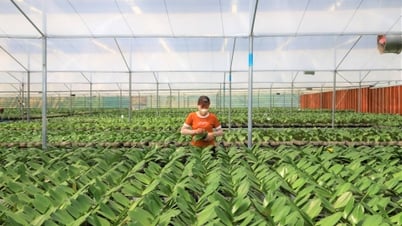









Comment (0)